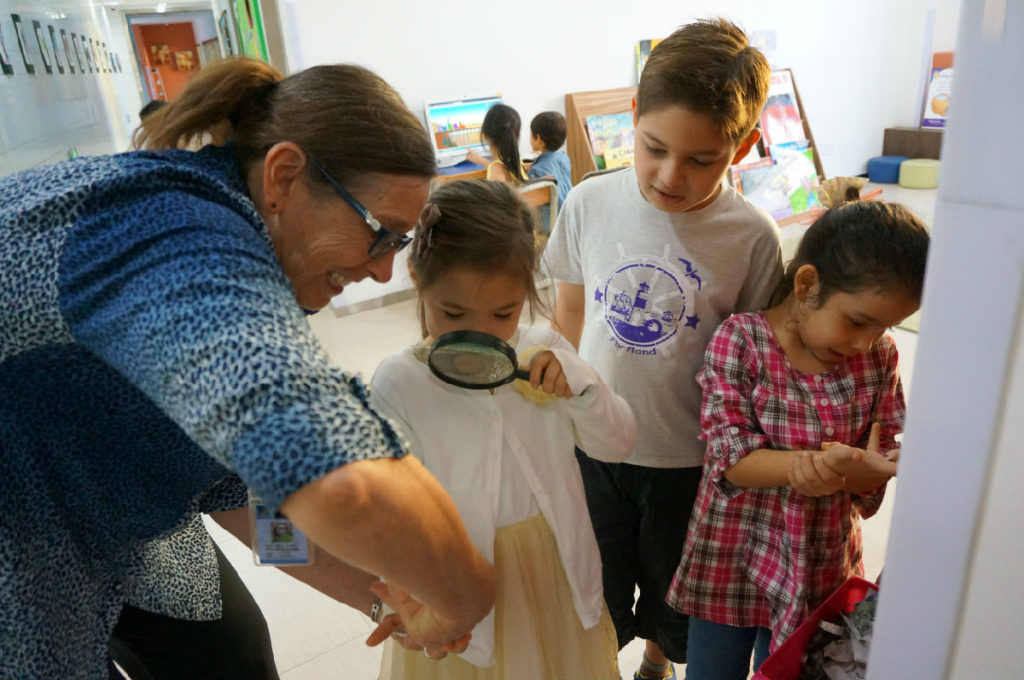Benefits of a Small School
8月 21, 2018 | PBL for Upper Grades

SMALL BEGINNINGS
Most private schools are small, typically in the 300-400 student range. That’s because many schools were founded by educators and parents who sought to give their children the kind of exclusive attention which was not available in the public schools. The critical component in the educational philosophy of those pioneering private schools was individual attention.
Small schools typically serve a community nucleus. This invites strong support from parents and community members as well as closer working relationships among the school staff. In a small school it is not unusual for teachers, administrators, and school board members to know each other well. This can lead to easy acceptance of new ideas among friends as well as a strong sense of identification and belonging.
STUDENTS
Morale among students tends to be higher in small schools. There are fewer students to be leaders in clubs and organizations and to participate in athletics and plays. Hence, students are generally exposed to more opportunity to develop leadership skills in a greater diversity of situations. Often, literally everyone must participate in order to make a project a success. This promotes among students a sense of belonging, of pride in their community, their school, and themselves. As a result, students are likely to have better attitudes toward school and less likely to create discipline problems.
TEACHERS
Teachers are more apt to know their students as individuals and to be familiar with the family backgrounds from which they come. This enables teachers to more knowledgeably make special provisions for individual needs and talents and to receive better cooperation from parents in resolving problems that may arise. Students in small schools also interact more frequently and informally with the teacher and with each other.
Because relationships between teachers and administrators tend to be more personal and informal, there is a greater tendency for cooperation among the staff. Also, teachers who live and work in small communities are more likely to be viewed as respected and valued citizens by other community members.
ADMINISTRATION
Small schools are manageable. There is usually less red tape and fewer regulations. Scheduling is much more flexible than in a large school, and schedules can be easily altered to accommodate instructional activities. Record keeping and reporting activities are less complicated and time consuming.
Bureaucratic layering is at a minimum, allowing relatively easy access among students, teachers and administrators. Individual problems of both students and faculty can be addressed more readily by administrators. School administrators are more likely to spend time out of their office to be with students and teachers on a regular basis and routinely visit classrooms and observe instruction.
CURRICULUM AND INSTRUCTION
Due to low student-teacher ratios, the school is more likely to be learner-centered with strong emphasis placed on individualized and small group instruction. By contrast, large schools with large class sizes have traditionally led to reliance on lecture and objective tests that stress recall. The potential for student self identity, participation, and expression is thereby enhanced in small schools.
Multi-grade teaching is common practice in many small schools. Cross-age mixing of students allows younger students exposure to lessons and expectations of older students as well as opportunities to receive personalized tutoring from them.
Smallness also permits changes in curricula and organization of instructional materials with relative ease. It is easier to arrange schedules in order to participate in field trips, assembly programs, parent-teacher conferences, etc.
The advantages of smallness can be summarized as follows:
-Students are at the center of the school.
-Discipline is usually not a serious problem, thereby resulting in an increase in time spent learning.
-Teachers still have a sense of control over what and how they teach.
-A minimum of bureaucracy allows for more flexibility in decision making.
-Low student-teacher ratios allow for more individualized instruction and more attention given to students.
-Relationships between students, teachers, administrators, and school board members tend to be closer.
-Parental and community involvement tends to be stronger than in larger schools.
